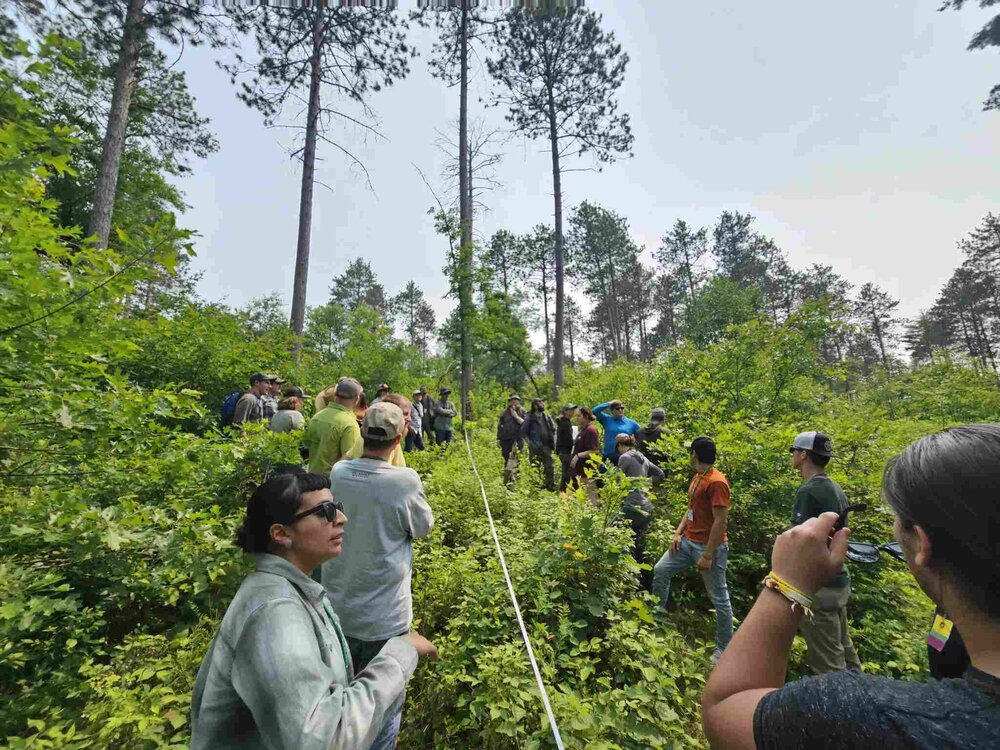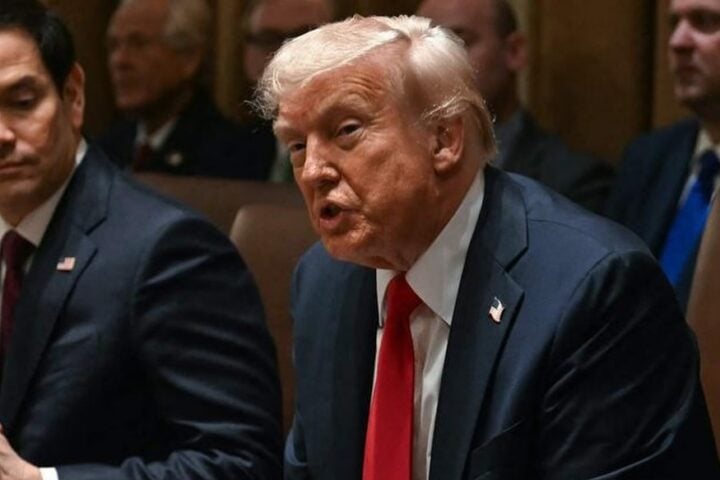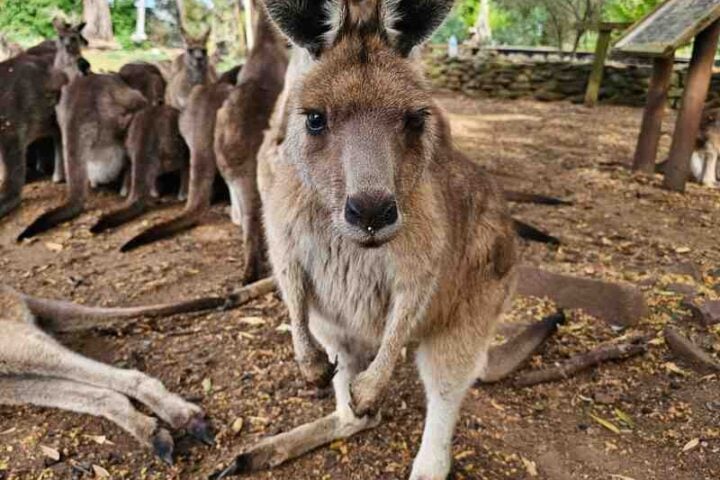In the realms of environmental stewardship and forest management, a recent development has emerged as a beacon of collaborative progress. The Intertribal Timber Council (ITC) is making strides in bridging the gap between tribal and federal land management, specifically targeting the persistent threat of wildfires. With thousands of miles of shared boundaries between tribal forests and federal lands, the risk of catastrophic fires is a pressing concern, demanding immediate and effective solutions.
Cody Desautel, President of the ITC, recently addressed the House Committee on Natural Resources Federal Lands Subcommittee, highlighting a crucial aspect of this issue: the dire need for joint efforts in wildfire prevention and forest management. The Tribal Forest Protection Act (TFPA) and the 2018 Farm Bill’s expansion of Good Neighbor Agreements (GNA) offer legal frameworks for these collaborative efforts. However, the challenge lies in implementation and funding.
The Indian Forest Management Assessment Team Report (IFMAT) presents a stark contrast in funding allocation, with Indian forests receiving a mere fraction compared to public and private forests. This discrepancy is not just a financial issue but a matter of environmental justice and effective land stewardship.
The broader implications of this disparity are significant. Wildfires do not recognize jurisdictional boundaries, and their impacts are far-reaching, affecting ecosystems, economies, and communities. The lack of adequate funding and support for tribal forest management not only undermines the health of these forests but also poses a grave risk to adjacent federal lands.
Similar Posts
Incorporating insights from forestry experts, tribal leaders, and federal land managers, the narrative broadens. The ITC’s collaboration with agencies like the Forest Service and the Bureau of Land Management illustrates the potential for shared knowledge and resources. However, it also underlines the need for a more equitable approach to funding and decision-making.
The human dimension of this issue is palpable. Tribal communities, deeply connected to their lands, face the threat of losing not just economic resources but cultural heritage and traditional practices. The loss inflicted by wildfires extends beyond mere statistics, touching the very soul of these communities.
Delving into the technicalities, the TFPA and GNA are not just bureaucratic tools but lifelines for effective forest management. They empower tribes to take proactive measures in forest stewardship, extending their expertise and practices beyond tribal lands to adjacent federal territories. However, the effectiveness of these agreements hinges on adequate funding and support from Congress and federal agencies.
Looking ahead, there’s potential for a paradigm shift in how tribal and federal lands are managed jointly. The ITC’s recommendations for building tribal capacity and considering the long-term impacts of forest management decisions are steps towards a more sustainable and resilient future. The challenge is not insurmountable, provided there’s a commitment to equity and collaboration.

















